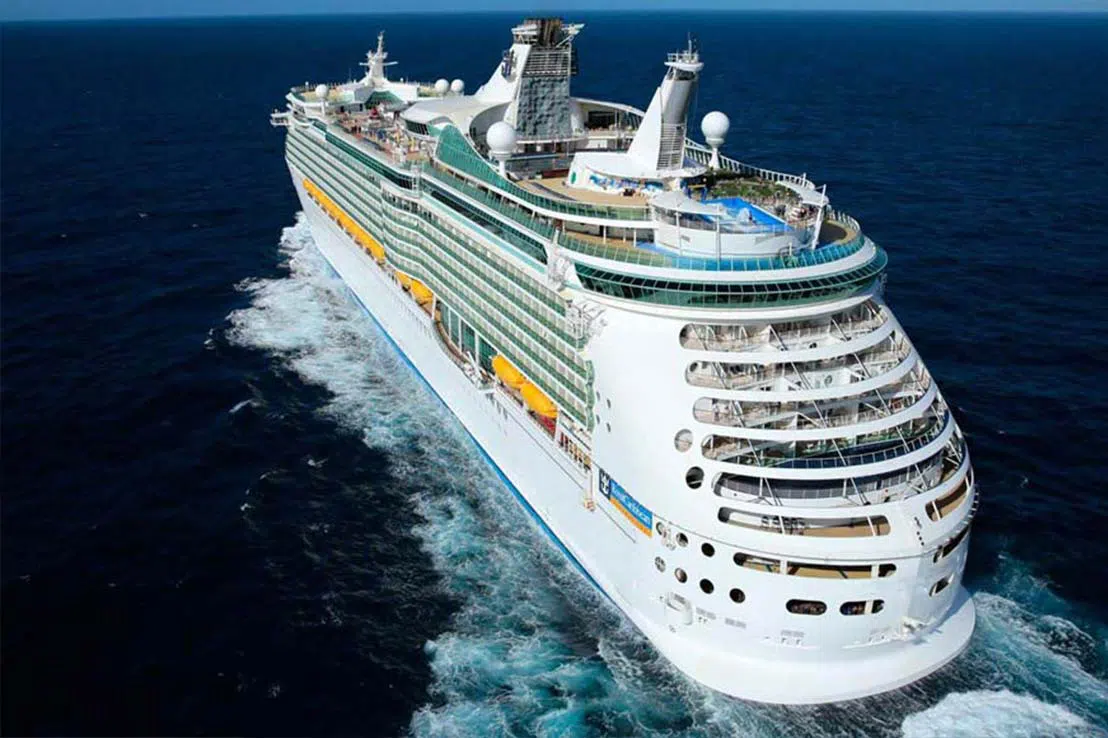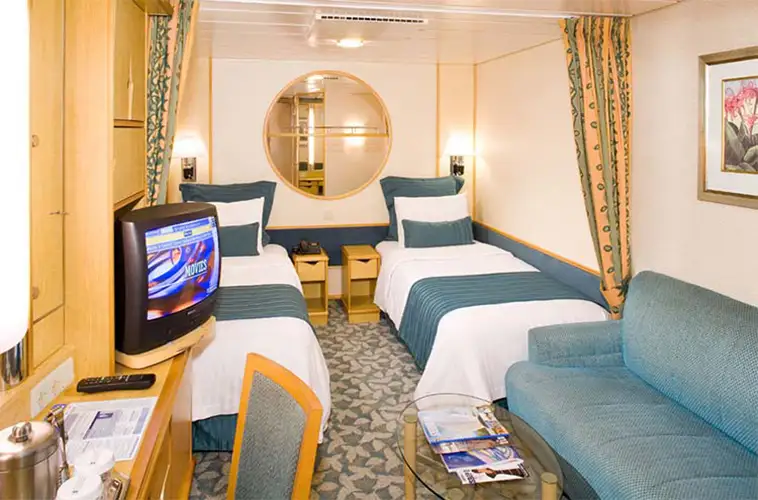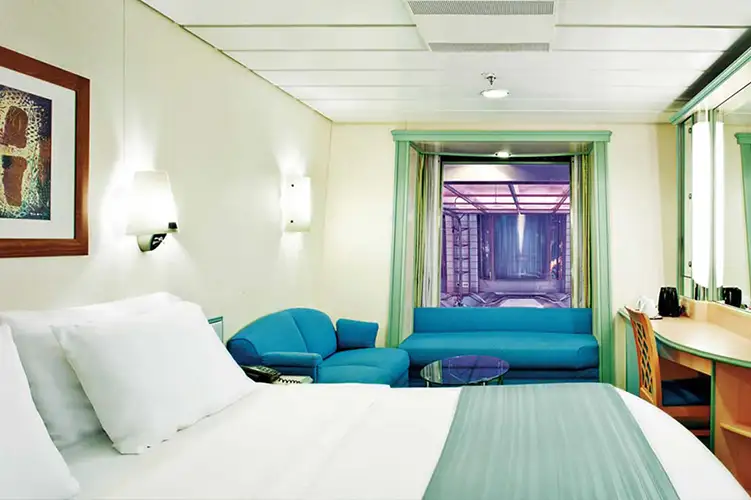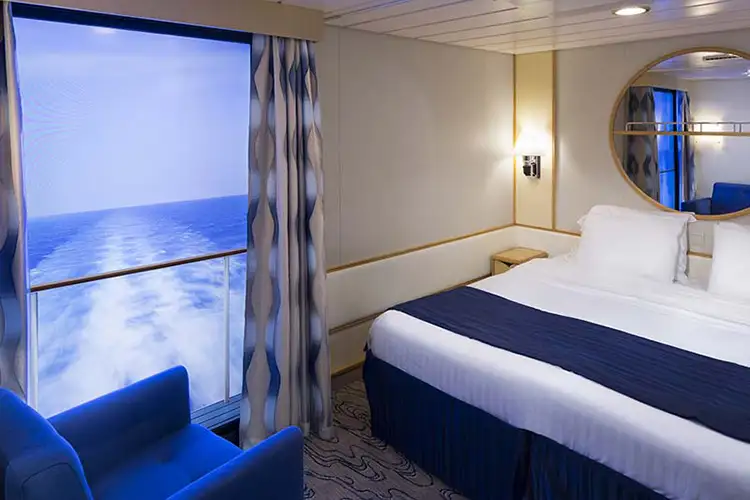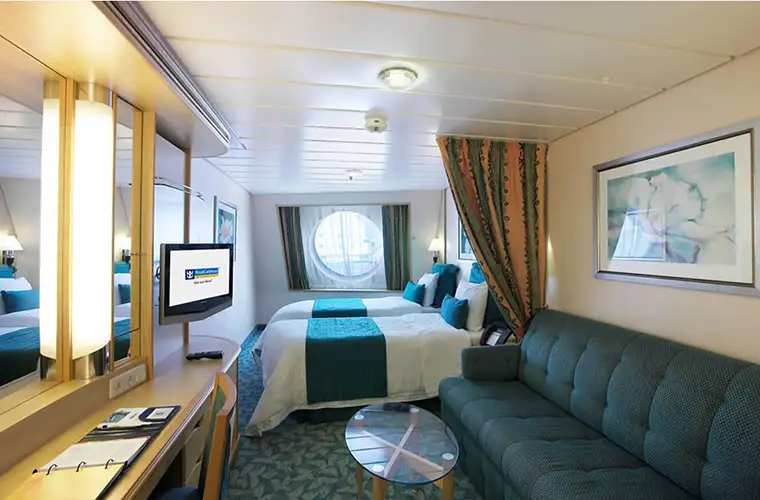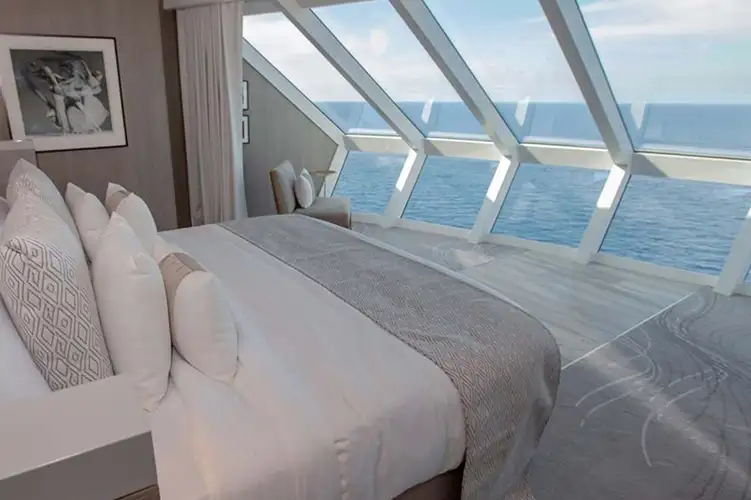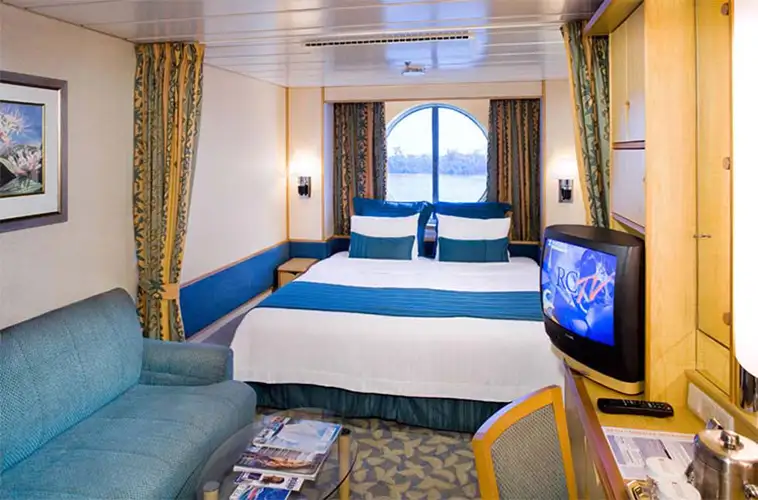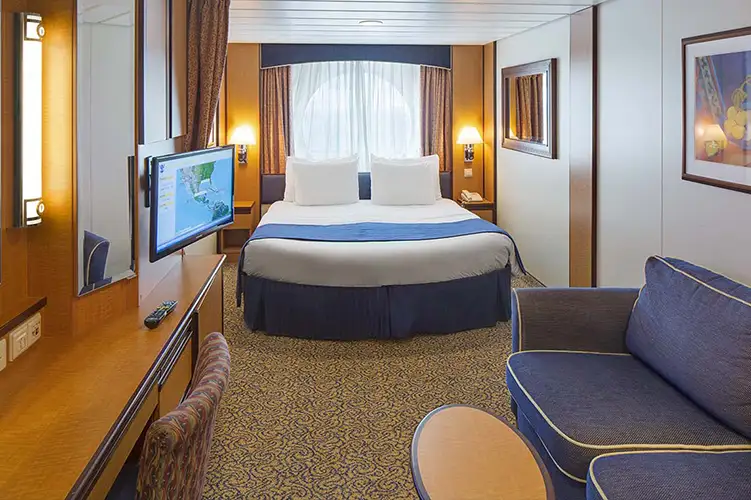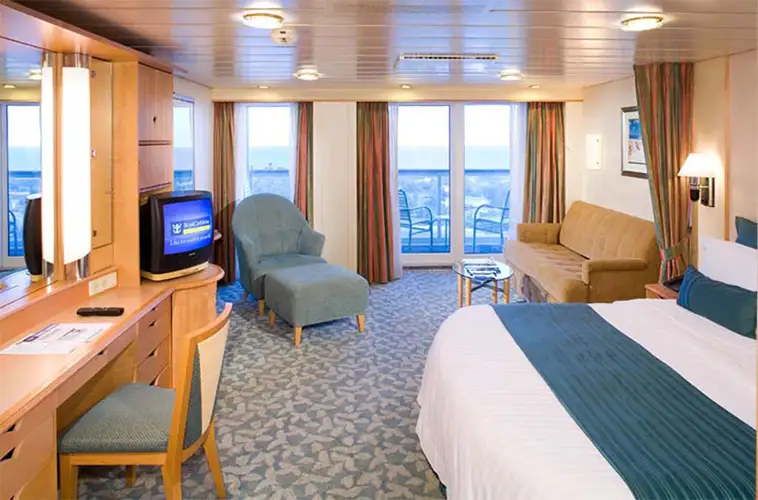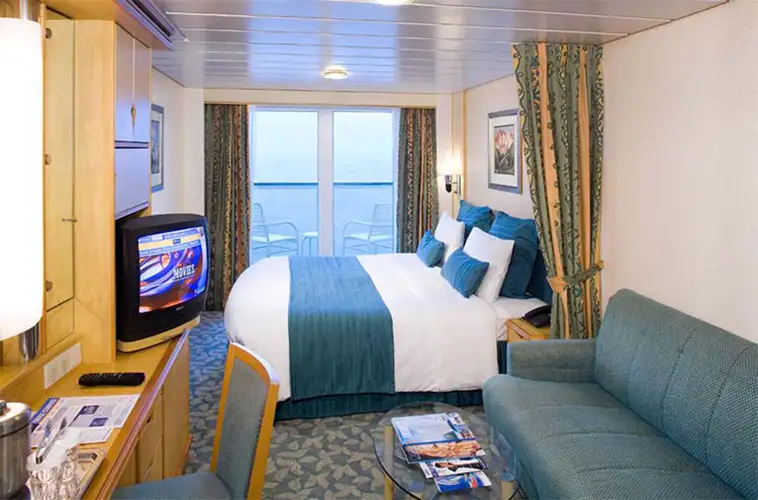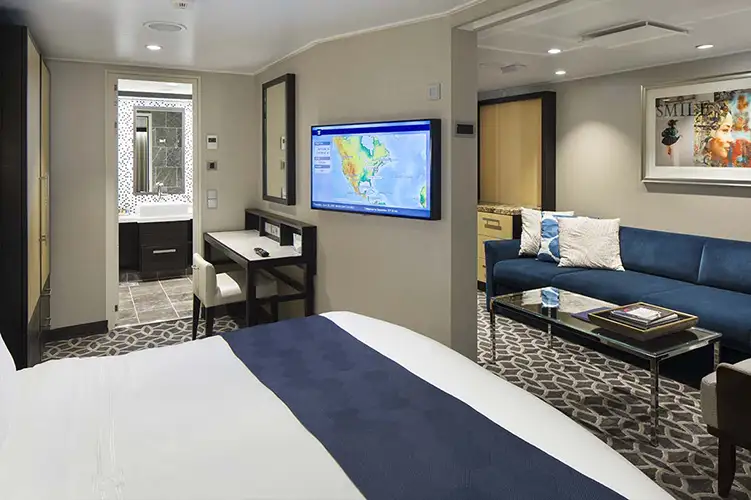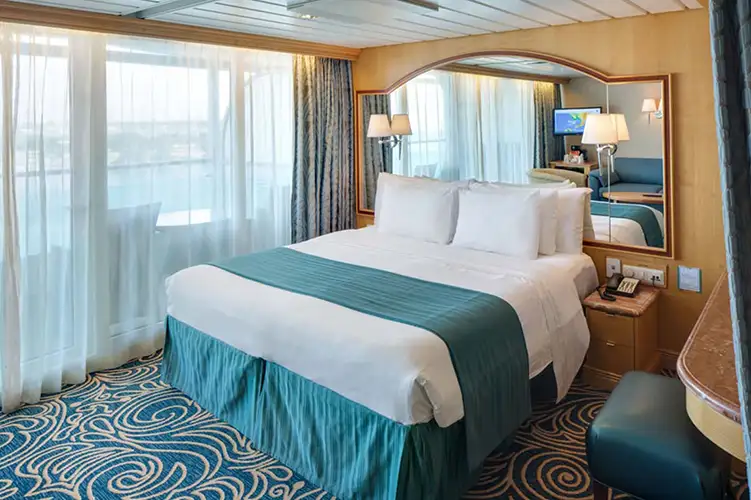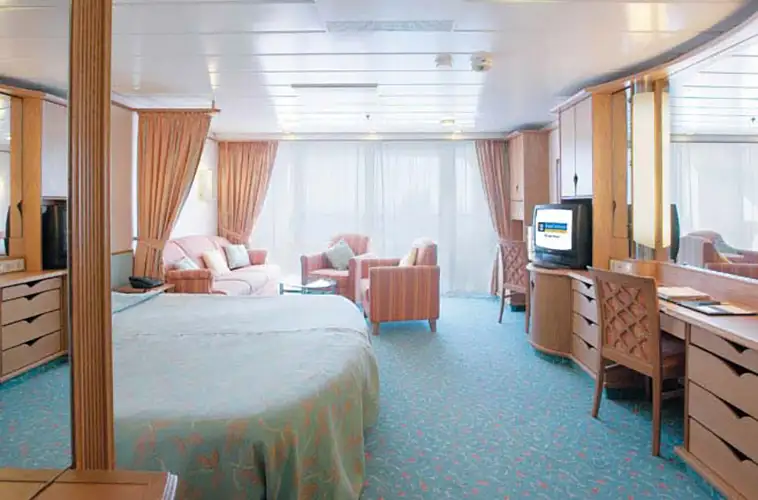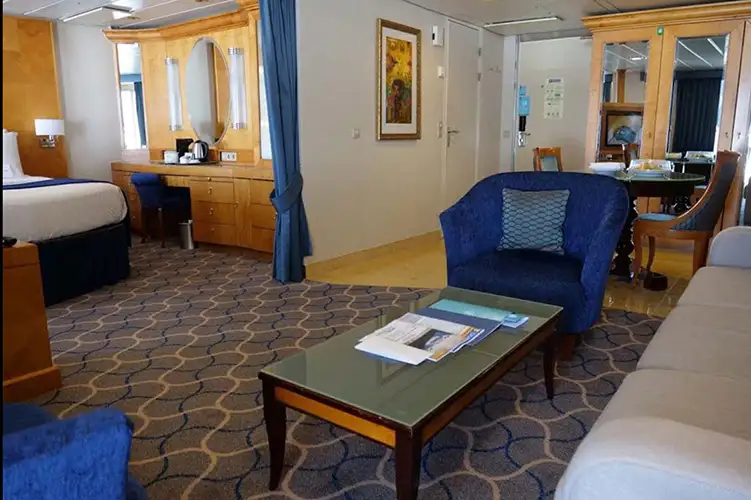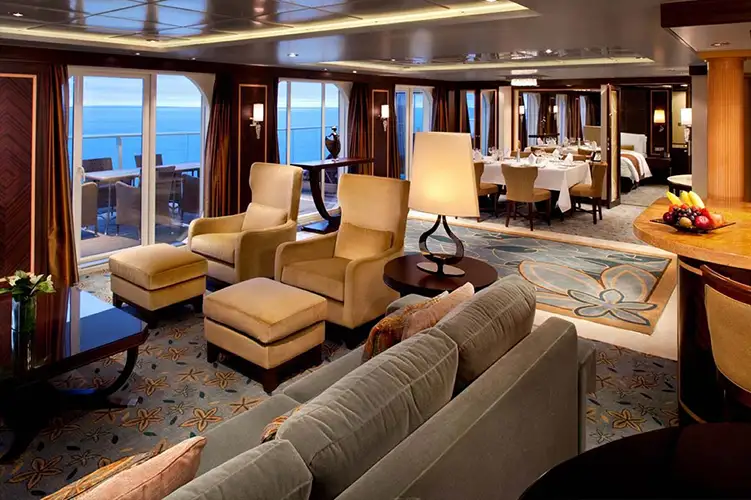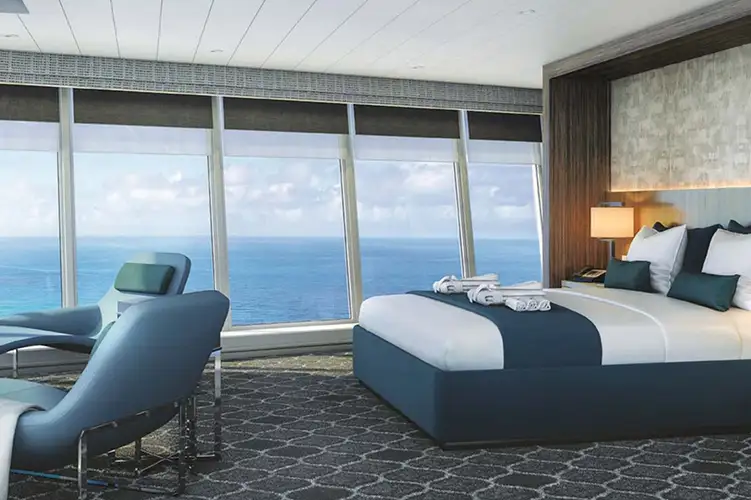7 nights from Ravenna (Italy) with Explorer Of The Seas
Greek islands: Italy, Montenegro, Greece, Croatia
Enter the number of occupants and age to view cabin prices
Cruise itinerary
-
Saturday, 17 August 2024 - 05:00Ravenna
-
Sunday, 18 August 2024 -- --Navigation
-
Sunday, 18 August 2024 11:59 - 08:00Kotor
-
Monday, 19 August 2024 -- --Navigation
-
Tuesday, 20 August 2024 07:00 - 07:00Athens
-
Wednesday, 21 August 2024 07:00 - 07:00Santorini
-
Thursday, 22 August 2024 -- --Navigation
-
Friday, 23 August 2024 08:00 - 05:00Split
-
Saturday, 24 August 2024 06:00Ravenna
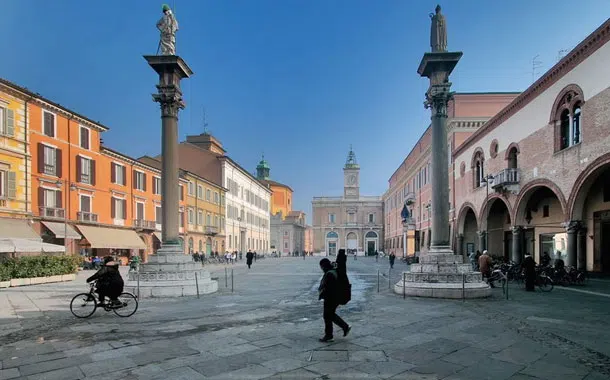
Ravenna
Ravenna lies on a plain near the confluence of the rivers Ronco and Montone, 10 km inland from the Adriatic Sea, with which it is connected by a canal.
Ravenna was important in history as the capital of the Western Roman Empire in the 6th century AD.
Nothing remains of Ravenna's ancient Roman structures or its port of Classis. Instead, Ravenna's fame is based on the quality and quantity of its 6th-18th century Christian monuments. It was the capital of the Western Roman Empire for 250 years and an important port of entry for the Eastern (Byzantine) Empire. Ravenna reflects in its art and architecture a fusion of Roman architectural forms with Byzantine mosaics and other decorations.
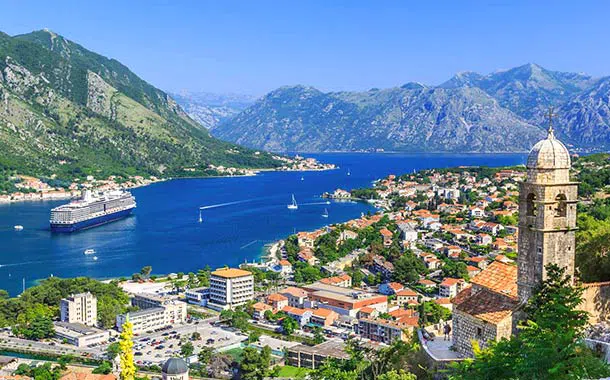
Kotor
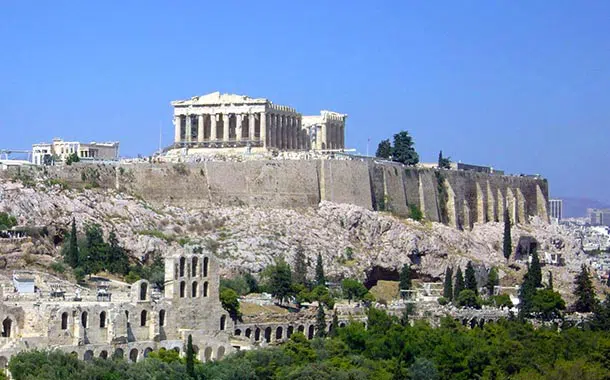
Athens
Many still think of Athens as an ancient city that thrived two and a half thousand years ago. Its symbol is the mighty Acropolis, which dominates almost every view and the itinerary of every visitor, and it is crowned by the iconic Parthenon, which rises above the city, overlooking the sprawling and evolving modern metropolis.
Many still think of Athens as an ancient city that thrived two and a half thousand years ago. Its symbol is the mighty Acropolis, which dominates almost every view and the itinerary of every visitor, and it is crowned by the iconic Parthenon, which rises above the city, overlooking the sprawling and evolving modern metropolis.
Perhaps the most significant change is in the historical centre, which is almost unrecognisable since cars have been banned. This has liberated the area with the most significant archaeological sites, creating the longest, and undoubtedly one of the most splendid, pedestrianised zones in Europe. This huge archaeological park has brought past and present together, returning the cultural and social life of the city to the area around the ancient monuments and surrounding neighbourhoods.
Athens remains a city of contradictions; it is both frustrating and seductive. It is the oldest city in Europe, yet still in a state of transition. It is one of the safest and most vibrant European cities - an intoxicating mix of grunge and grace with an undeniably urban soul.
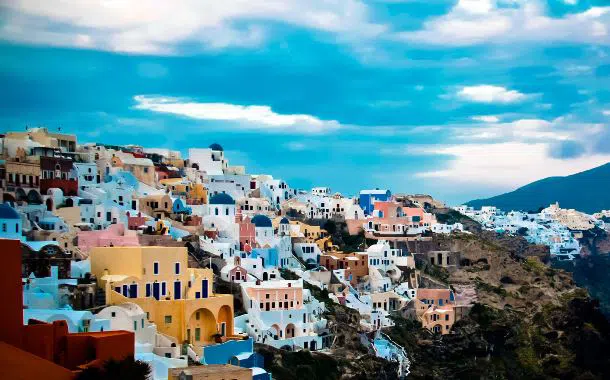
Santorini
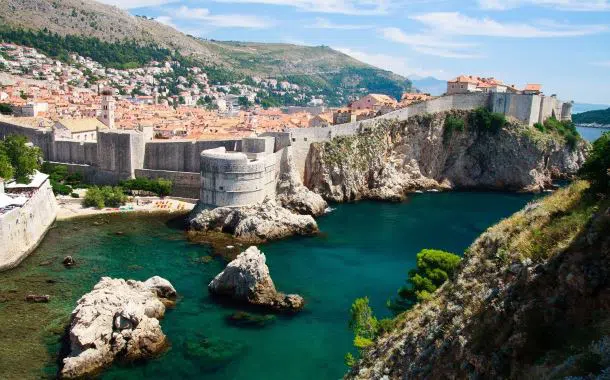
Split
Split (in Croatian Split, in Dalmatian Spalatro, in Ancient Greek Ασπάλαθος Aspálathos) is a city in Croatia, capital of Split-Dalmatian region, the principle center of Dalmatia and, with its population of 178,192 inhabitants (in 2011), is the second largest city of the country. Split is also an university and religious center.
The name of the city derives from the thorny broom, a very common shrub in the region, that in ancient Greek was called Aspálathos (Aσπάλαθος). Under the Roman Empire, the city was called 'Spalatum' and in the Middle Ages 'Spalatro' in the Dalmatian language. In the Slavic language it is called 'Split' while in italian 'Spalato'. In the early XIX century, the name became 'Spljet' and then returned to the form 'Split' again.

Ravenna
Ravenna lies on a plain near the confluence of the rivers Ronco and Montone, 10 km inland from the Adriatic Sea, with which it is connected by a canal.
Ravenna was important in history as the capital of the Western Roman Empire in the 6th century AD.
Nothing remains of Ravenna's ancient Roman structures or its port of Classis. Instead, Ravenna's fame is based on the quality and quantity of its 6th-18th century Christian monuments. It was the capital of the Western Roman Empire for 250 years and an important port of entry for the Eastern (Byzantine) Empire. Ravenna reflects in its art and architecture a fusion of Roman architectural forms with Byzantine mosaics and other decorations.
